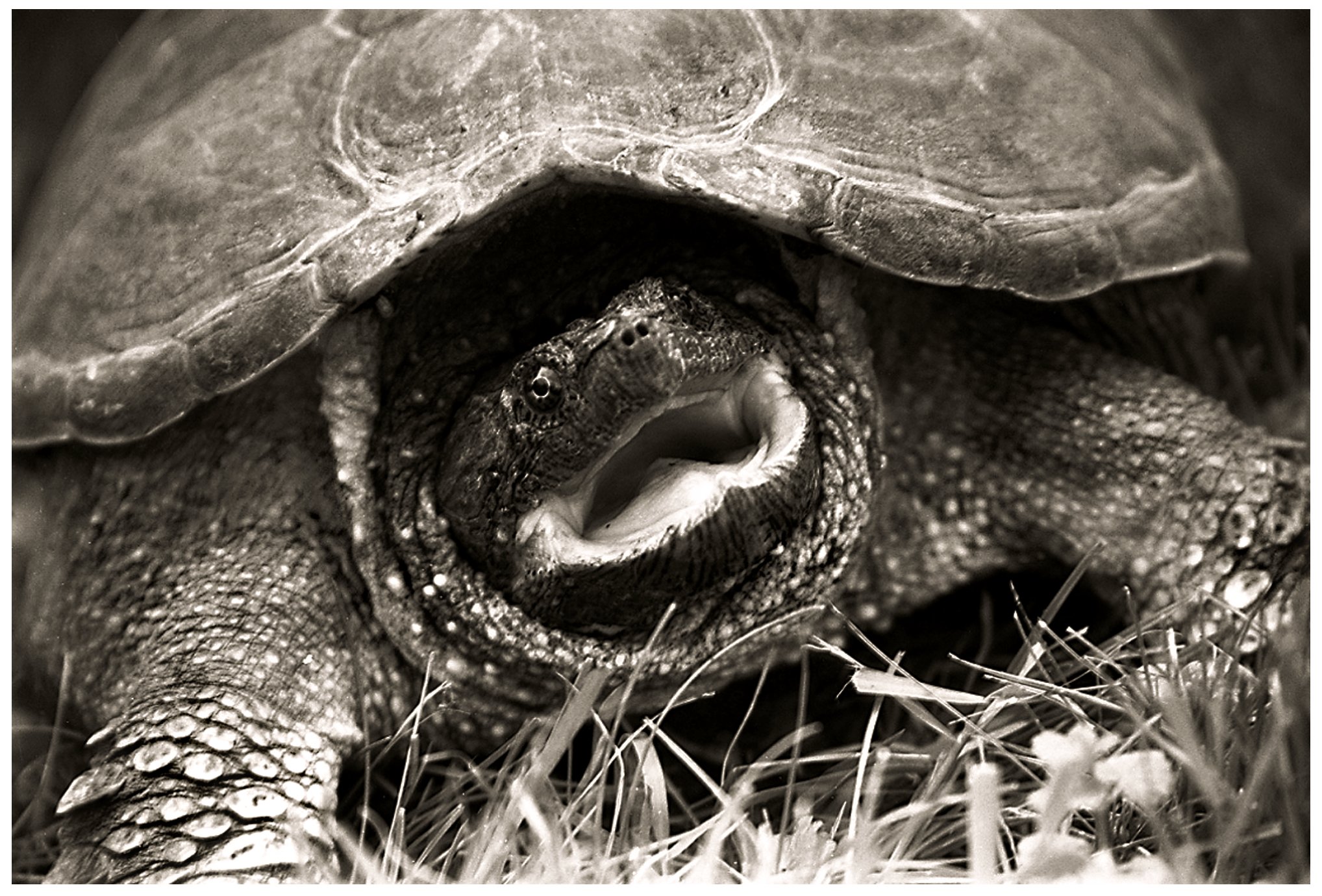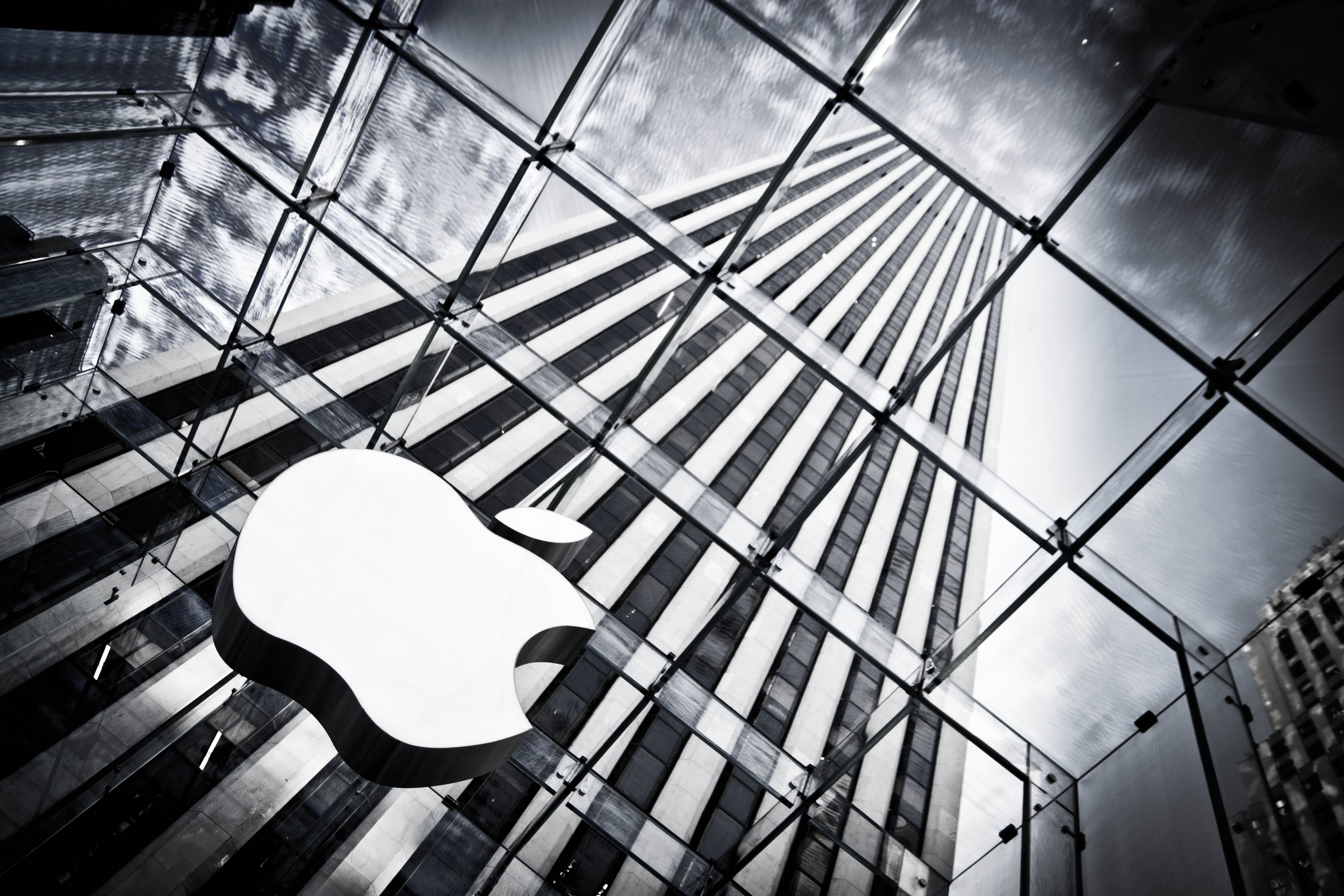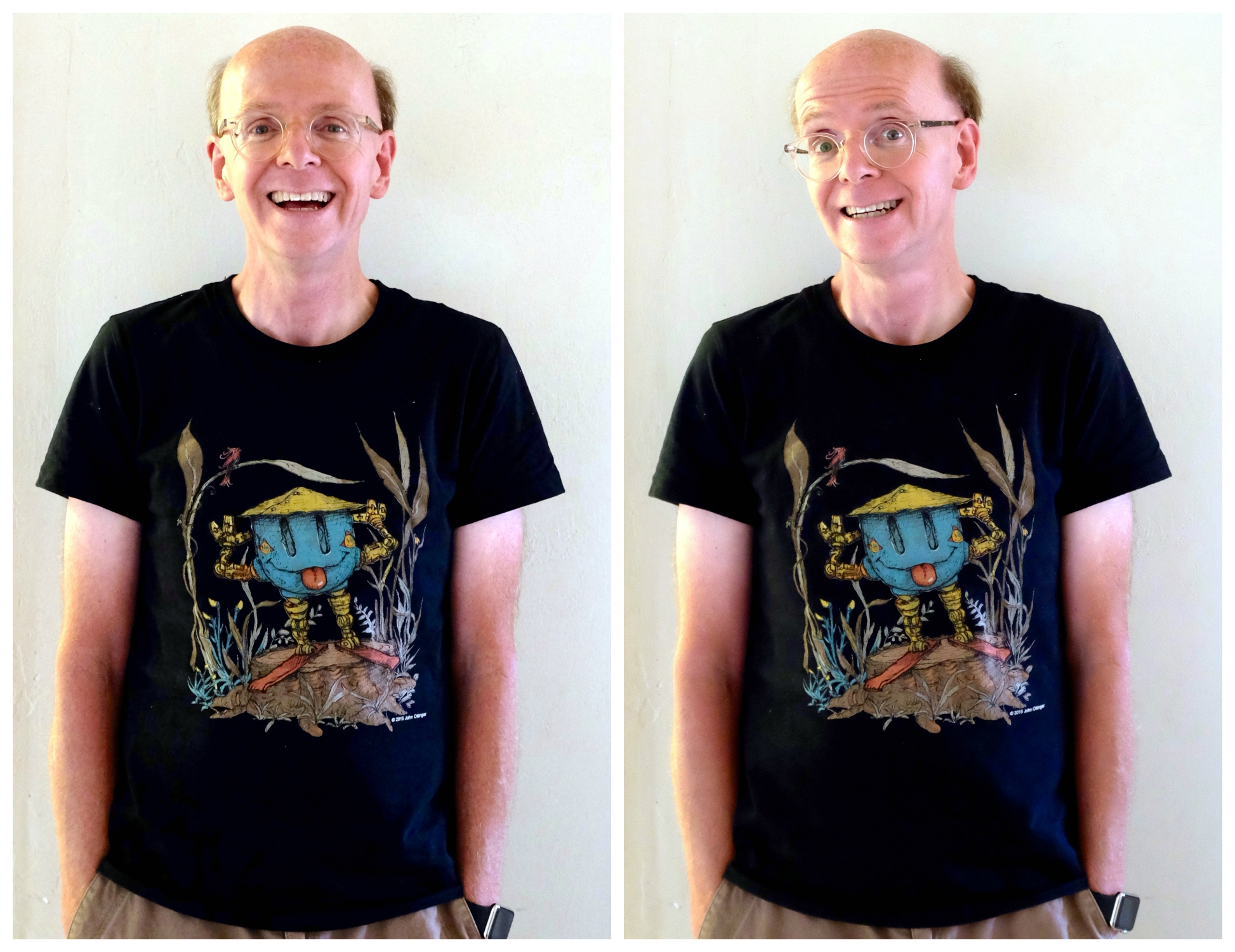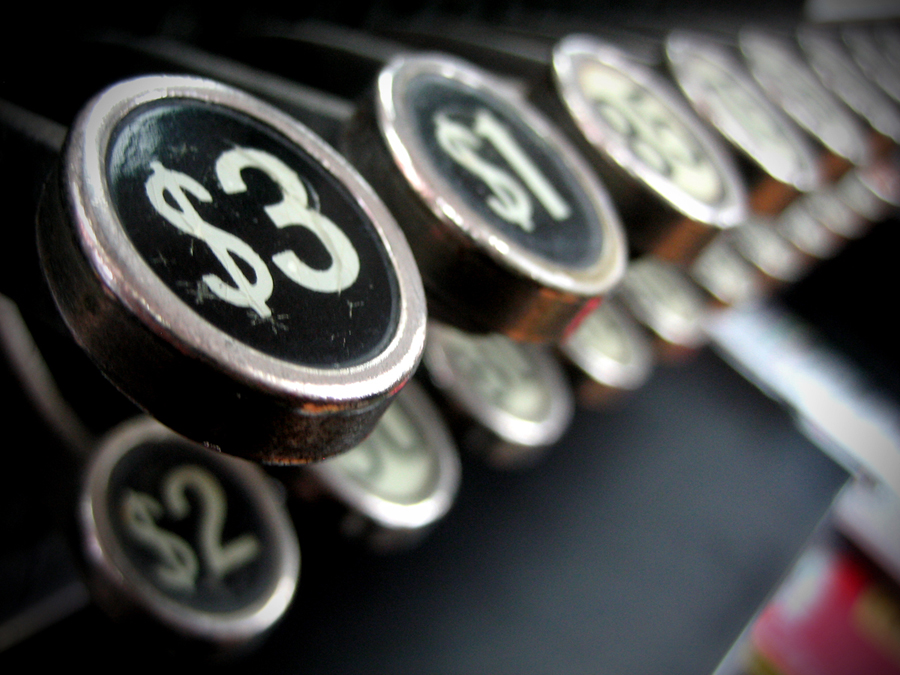Film photography is increasingly an art form—throwback to a time when the man or the woman was more in control of the shooting and developing process. There is something oh-so vinyl about print that appeals […]


Film photography is increasingly an art form—throwback to a time when the man or the woman was more in control of the shooting and developing process. There is something oh-so vinyl about print that appeals […]

I shot the accompanying photos on July 23rd and saved them for today. Cali played with some dangling thing from her perch and in rare form looked cute rather than ferocious. She’s a huntress that […]

Some fads are short-lived, while others you wish hadn’t been even that long. There is my reaction to planking four years ago. I was oblivious to the thing until someone commented on a pic of our cat Kuma posted to my social network. For fun, and no other reason, we begin three days of selections searched using the “P” word.
First up, from Patricia van Casteren, is the appropriately self-titled “Planking”, which she shot on June 21, 2011, using the Sony Alpha DSLR-A550. Vitals: f/6.3, ISO 200, 1/500 sec, 210mm. “Even the polar bears are totally hooked on planking these days”, she says, providing reference to a Wikipedia article for folks who don’t know what the hell the thing—also known as the “Lying Down Game”. I am surprised to see the origins go back more than three decades, given the sudden surge in popularity four years ago.

After the closing bell today, Apple announced results for fiscal third quarter, which largely is congruent with calendar Q2 (End date, April 27). Broadly: $49.6 billion in sales, $10.7 billion net income, and $1.85 earnings per share. Year over year, revenue rose 33 percent and EPS by 45 percent. Apple guidance before the big reveal: Between $46 billion and $48 billion revenue. Wall Street consensus was $49.31 billion sales and $1.81 EPS. The Street’s estimates ranged from $46.9 billion to $53.64 billion.
Gross margin reached 39.7 percent compared to 39.4 percent annually and 40.8 percent sequentially. Company guidance: 38.5 percent to 39.5 percent. Once again, international sales accounted for most of the quarter’s sales: 64 percent, which is up from 59 percent the previous year but down from 69 percent three months earlier.

Photojounalism evokes some of the best storytelling. Because what are the pics about other than tales to tell? Alongside his professional business, Zach Frailey works part-time for the Kinston Free Press. “Two Sport Athlete” takes […]

Neko wants you to know that spending $3.99 for an IKEA laundry mesh is more than enough. He and Cali play raucously inside their meshes. Well—he does. She’s smitten with the $1 moving box we bought for […]

Please, someone move me to a French country villa with farm animals and cats, because the photostream of Nebojsa Mladjenovic is so evocative of a simpler and happier life on the farm. I wonder: How […]

I begin with a nod of thanks to my wife Anne for struggling with the Fuji X100T, which she handled for the first time yesterday, to shoot these photos of me and several others. We couldn’t go outdoors because of heavy thunderstorms, which are quite unusual for San Diego. Finding a good wall in the apartment with adequate ambient light proved difficult. I turned 56 one week earlier; these are the first pics at my new age.
You see me here at 131 pounds (59 kg). That’s down from 182 (82.6 kilos) when I cut my carb consumption by more than than 90 percent starting July 15, 2013. But my weight is up from 127, or by more than 2.2 kilos, since late June. The long decline reverses as I carb cheat. That behavior stops after today—not so much to lose weight but to be healthier. The massive weight loss is but a side benefit.

Our two-hundredth selection in the series comes from Steve Corey, who creates interesting art by bleaching out much of the color and drawing detail—and the eye’s attention to it—in shadows. Clever still, self-title “Carry a […]

Apple announces on Tuesday quarterly results that will for the first time include its wearable. Already, ahead of the big day, speculation soars about Apple Watch sales. Expect drama for sure, as CEO Time Cook explains how supply shortages constrained availability, leaving investors with more questions than answers.
I am more interested in data the company likely won’t reveal: return rates. I took back two. The first: I ordered online but sales started, after long delay, in the retail store before the device arrived. Rather than wait another week, I bought there and later returned the other, which the shop specialist sold seconds afterwards to a family that had come in looking for Apple Watch only to be told the Sport sold out. The second: A week later, I exchanged the aluminum timepiece for stainless steel. How many other people returned one for another because of taste or altogether because of dislike? The measure of Apple Watch success is percentage of returns.

Sometimes San Diego delights most unexpectedly. Yesterday, I entered an alternate universe—a lovely neighborhood that could have been from a 1980s Steven Spielberg movie. Kids played everywhere. Freely. The clang of metal baseball bats rang out from the park, where parents cheered and encouraged their middle-school players. Pretty homes, none too different from another, lined clean streets, from which the sound of playing children created intoxicating atmosphere.
My journey started with a request: Provide transportation to the Rebelution and Sublime concert at the Sleep Train Amphitheater. My soon-to-be 21 year-old daughter asks for rides so infrequently now, I couldn’t refuse. But given heavy traffic around the venue, 27-km distance drive, and her plan to return in two hours or so, I figured to stay in Chula Vista rather than roundtrip. But where to hang out—from the commercial-property isolated locale?

Nothing produces a portrait like a prime lens in competent hands. Marjan Lazarevski shot today’s selection on May 27, 2013, using Canon EOS 600D and EF 50mm f/1.8 II. Vitals: f/2, ISO 800, 1/500 sec. But self-titled “Folklore and Youth” takes the Day as much for the contextual storytelling around it.
Based in Skopje, Macedonia, Marjan often captures moments that illuminate local culture. “Macedonian national costumes are part of the material culture of the Macedonian people and they are important branch of the Macedonian folk art”, he says.